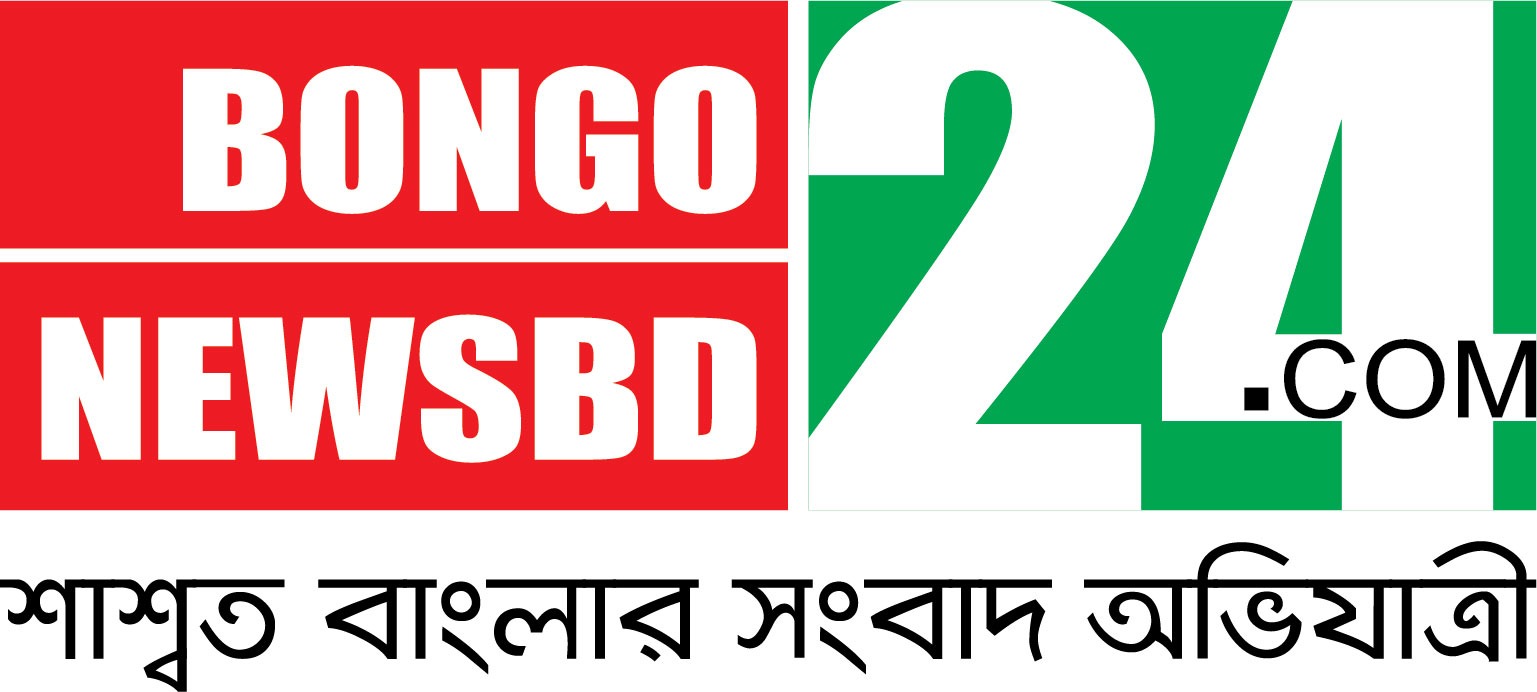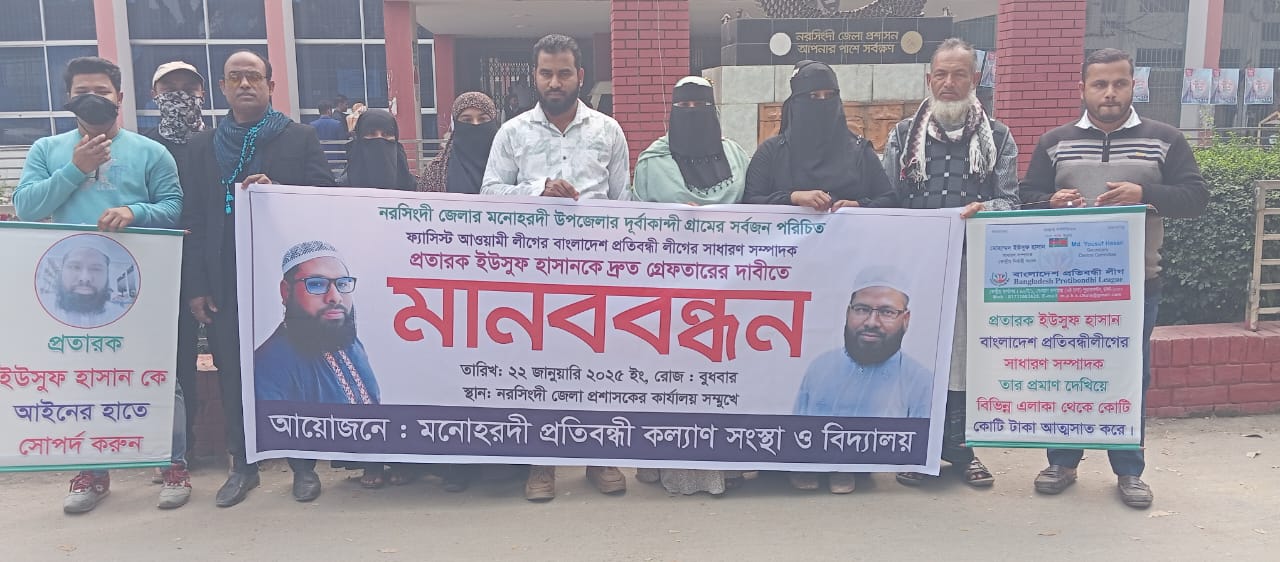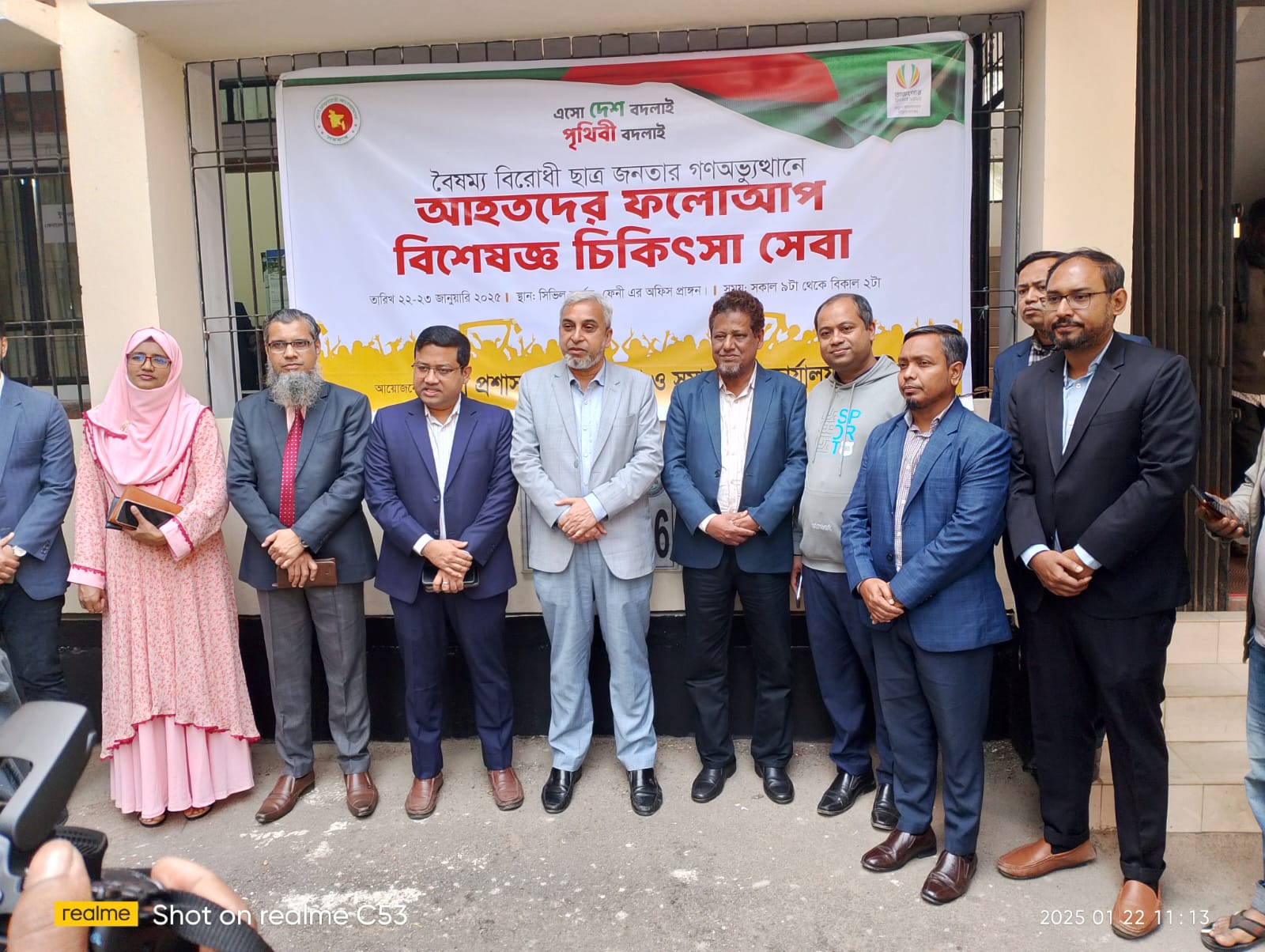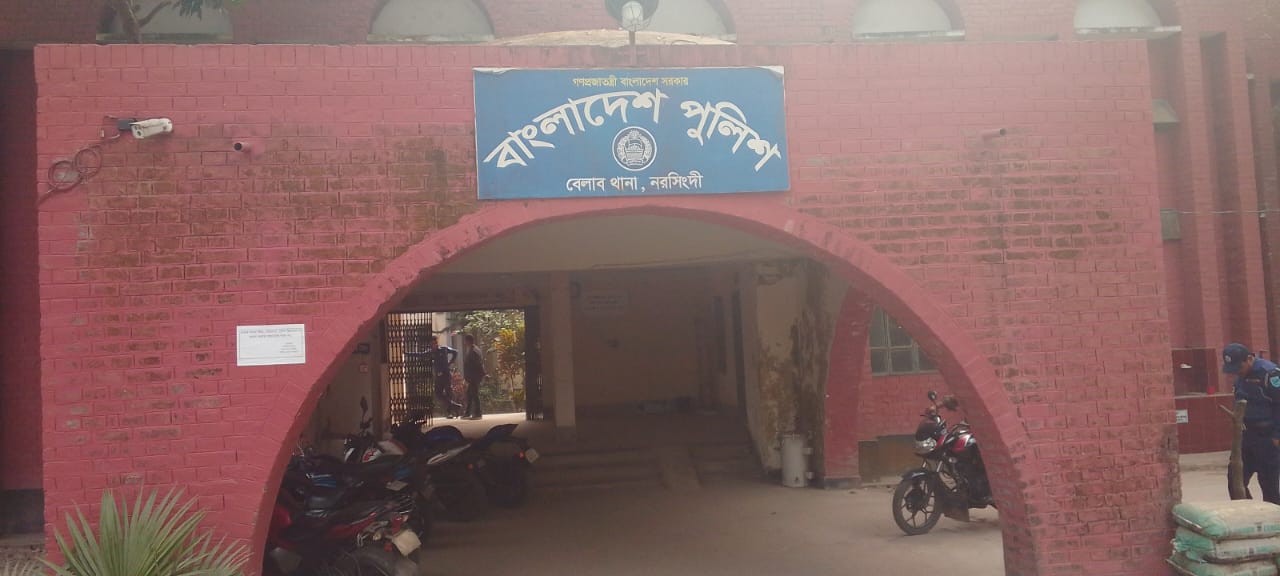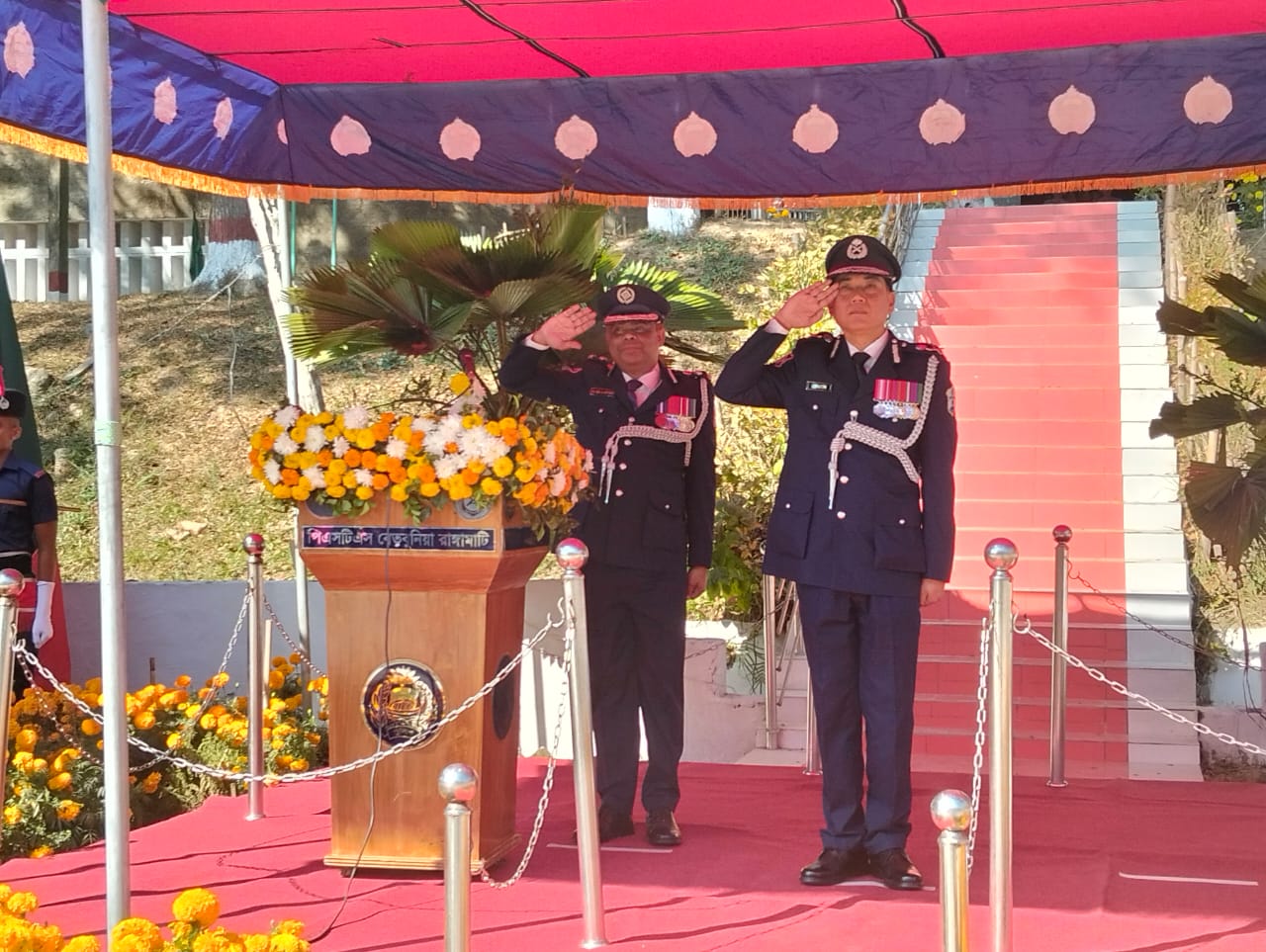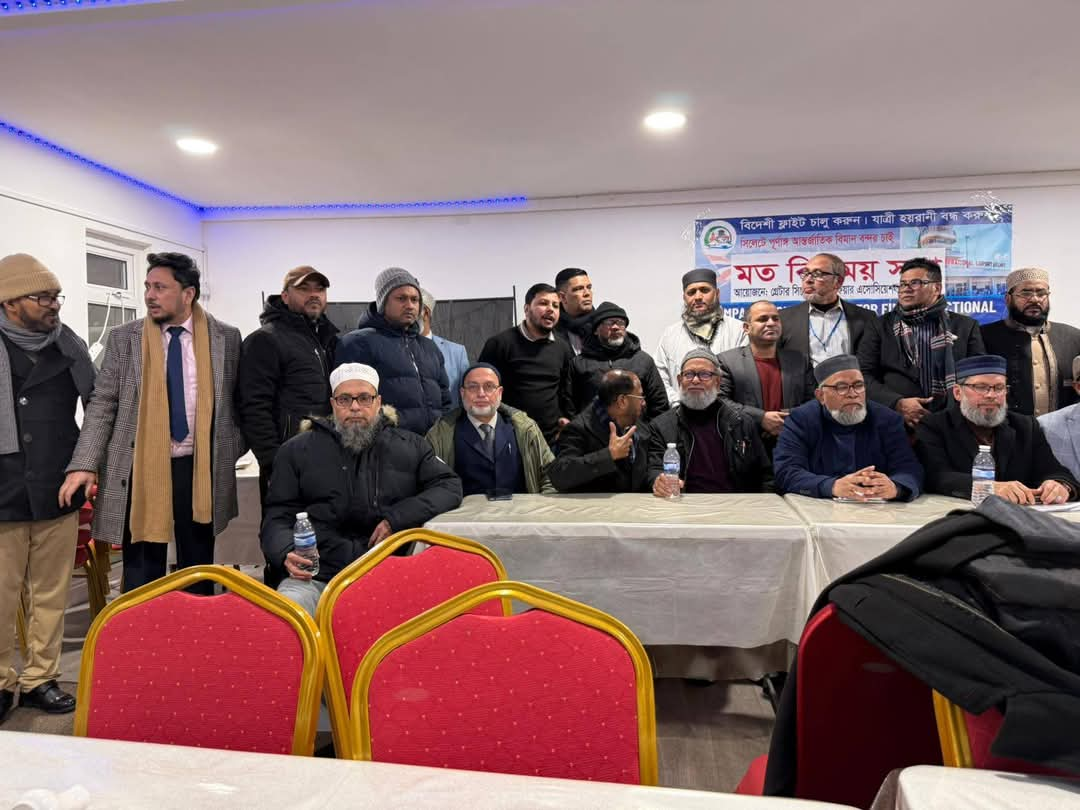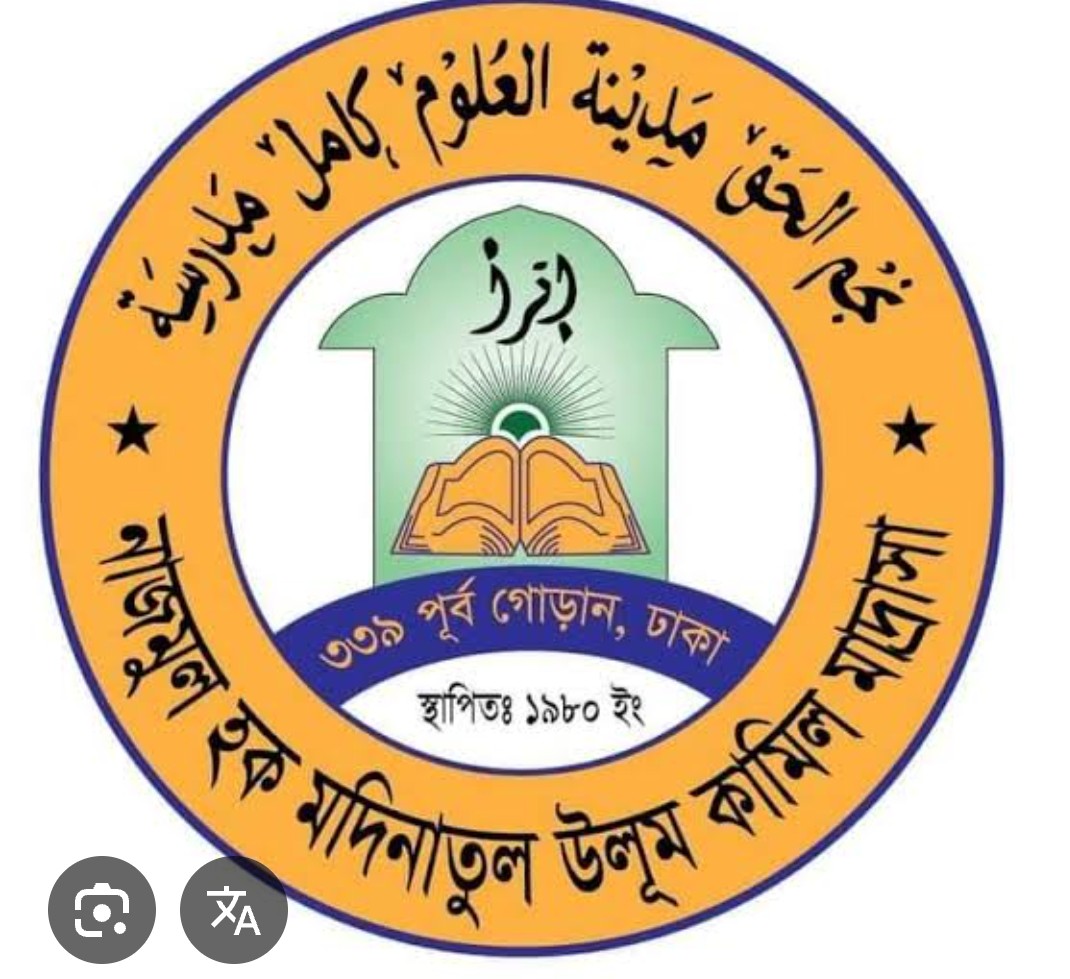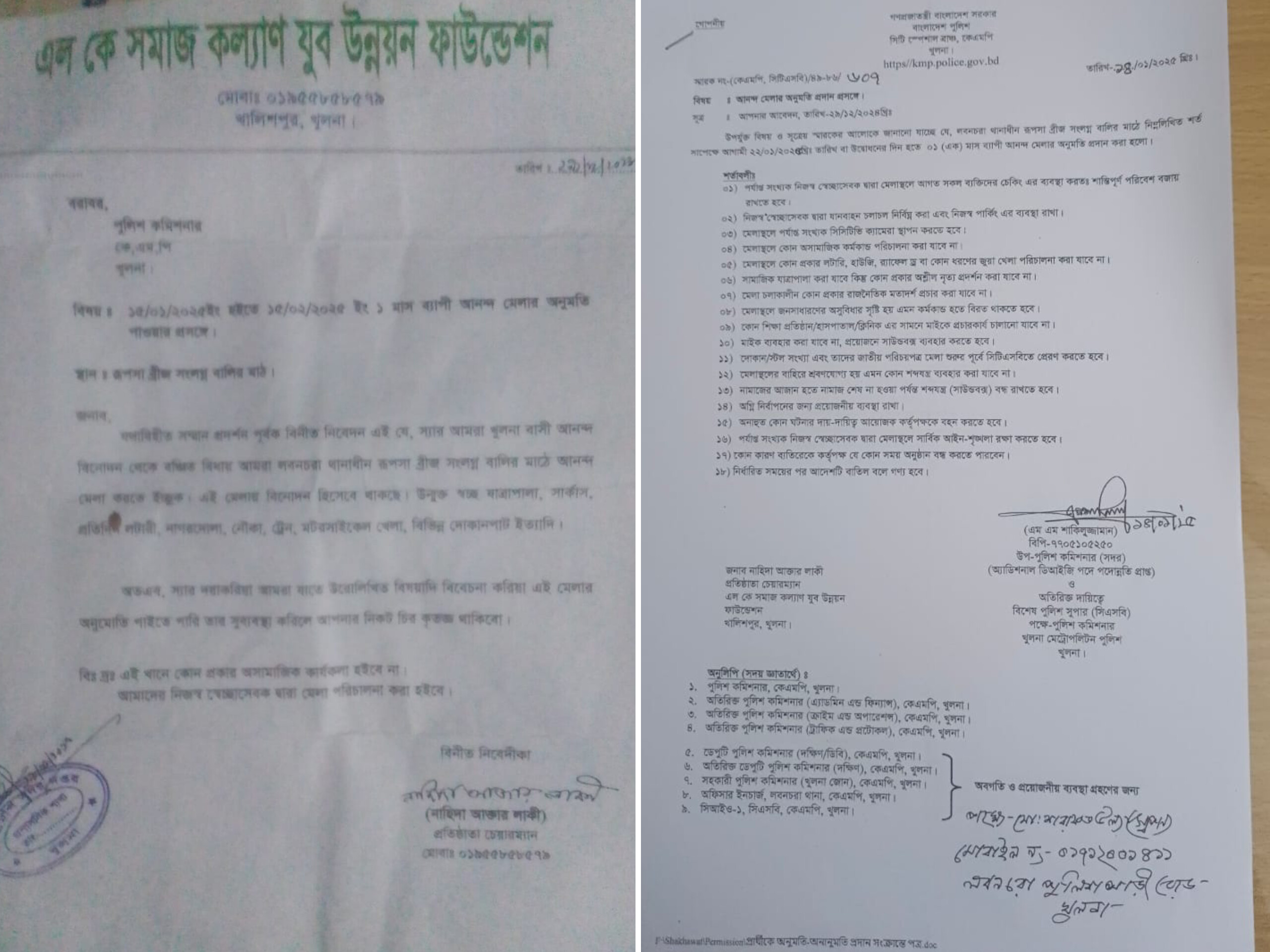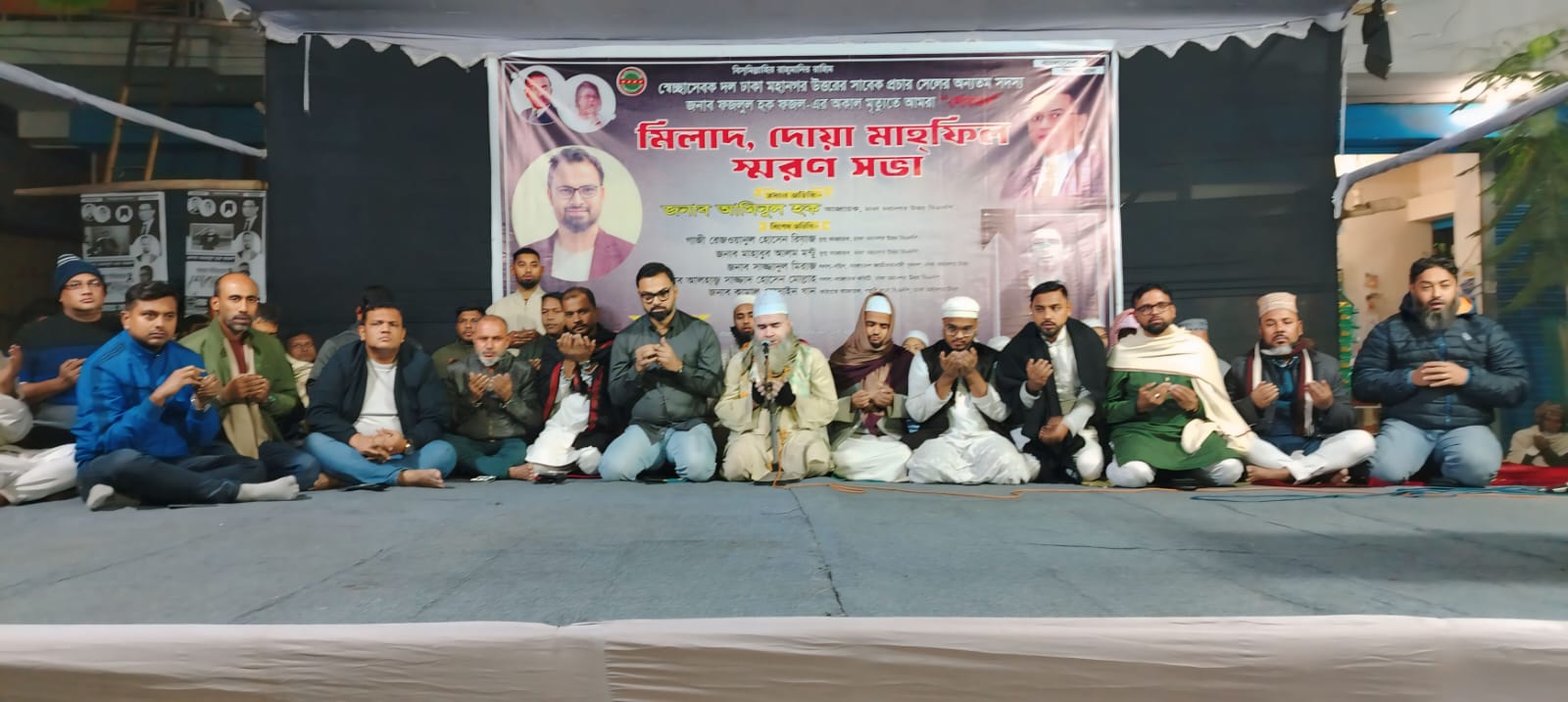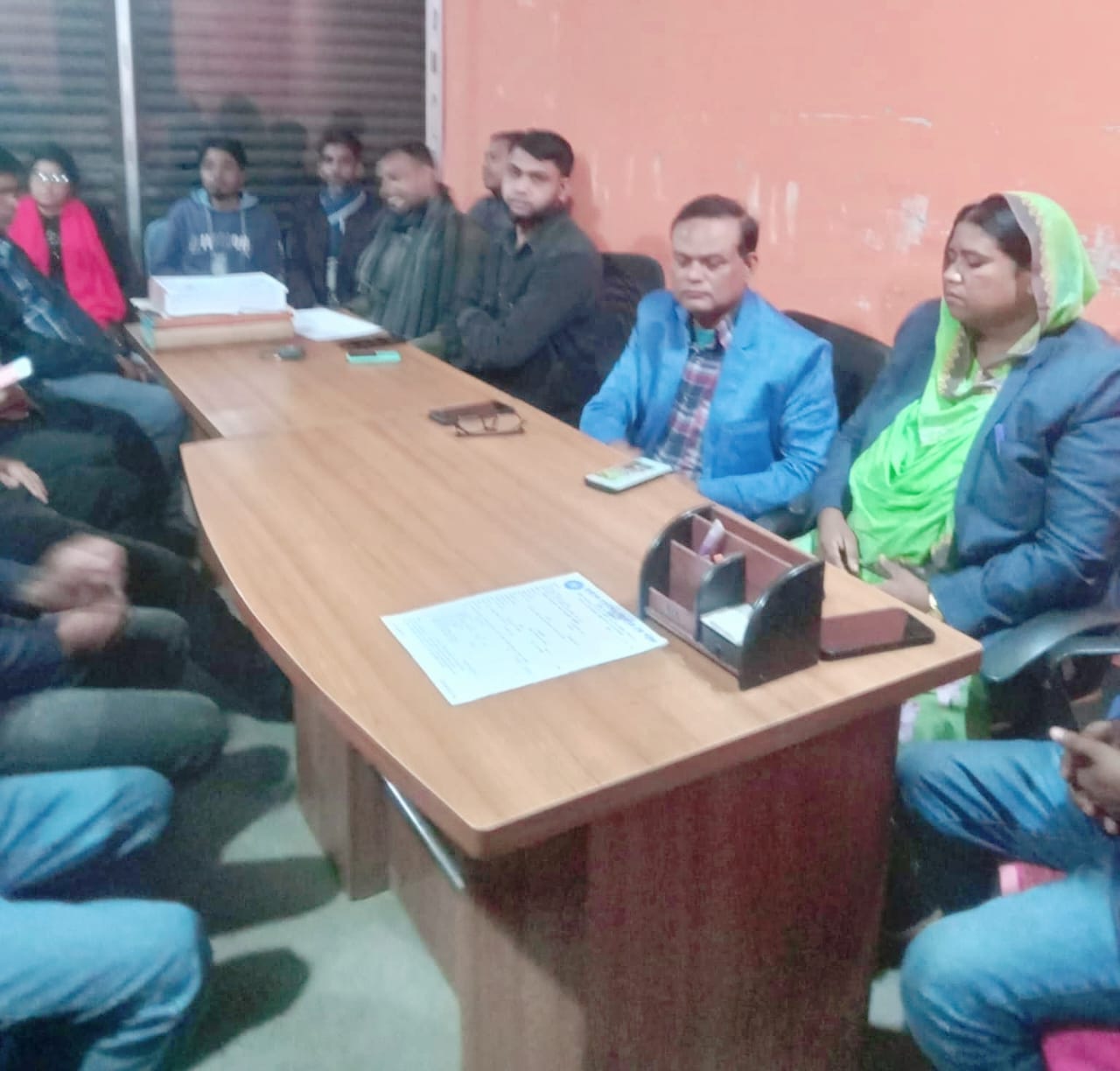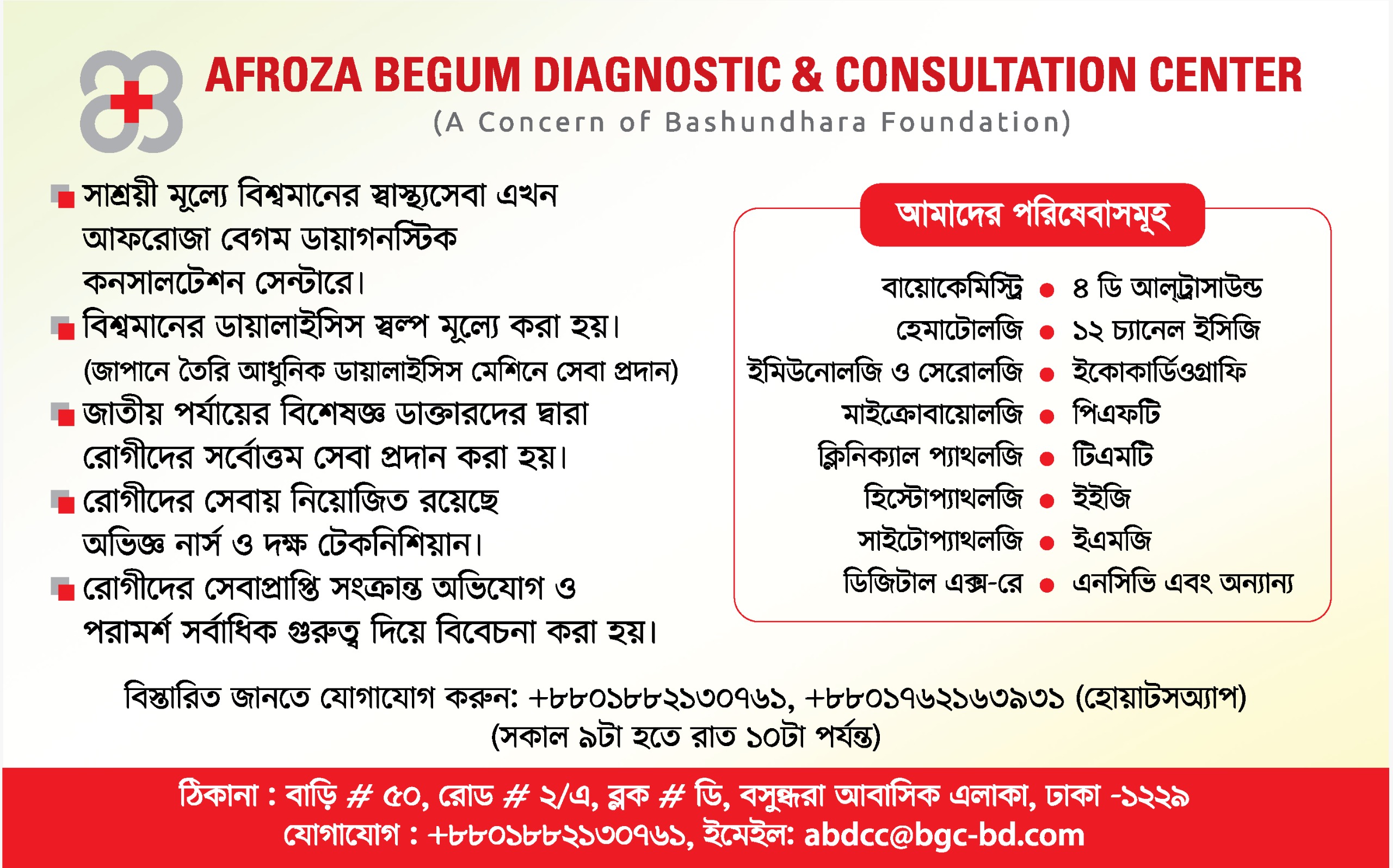Human Resource Management and its core activities

- আপডেট : শনিবার, ২৯ জুন, ২০২৪
- ৫১৮ বার দেখা হয়েছে
Dr. Habibur Rahman Khan
Introduction: Human Resource Management is organizing, coordinating, and managing employees within an organization to accomplish its mission, vision, and goals. It includes conducting job analyses, planning personnel needs, recruiting the right people for the job, orienting and training, managing wages and salaries, providing benefits and incentives, evaluating performance, resolving disputes and communicating with all employees at all levels. Thus HRM is the department within a business that is responsible for all things worker-related.
HRM activities fall under 7 core functions: (A) Recruitment and Selection, (B) Training and Development, (C) Performance Management, (D) Employee Relations, (E) Employment Law and Compliance, (F) Compensation, Benefits, and Administration, (G) Payroll & HR Systems.
A)Recruitment and Selection: Recruitment refers to the process where potential applications are searched for, and then encouraged to apply for an actual or anticipated vacancy. Selection is the process of hiring employees among the shortlisted candidates and providing them a job in the organization.
5 stages of Recruitment process: (a) Creating a Recruitment Process Flowchart—The first step in the recruitment process is to know exactly what and who are looking for. Company’s hiring team must have a thorough knowledge of the position to be filled and the necessary skills required for job success at the start of the recruitment process. All the data and a proper job analysis have to be put together in the form of a concise, clear copy for the hiring process. Once the information is handy, the next step in the recruitment process is to look for website/advertisement where the company authority can enlist job requirements. (b) Search and screen the candidates for the selection process—-It this case two sources namely INTERNAL and EXTERNAL can be used. Finding eligible candidates from present workforce, who could be suitable for the open positions.
Advertisements on job boards or in newspaper are some ways we can leverage external sources to find out suitable candidates. (c) Interview Process for the Candidates—- Evaluating the candidates based on their ability to work together in a team, and notice whether they take proper initiative and will be willing to follow the employee conduct mentioned in the job description. Ensuring clearly any doubts about the role, recruiting process, salary, and work protocols so there will be no trouble in future. (d) Select the best one—The answer to the interview questions solely do not decide the hiring of a candidate. Other skills like the candidate’s professionalism and willingness to adapt to the work culture play an equally important role. For this, a detailed recruitment process flowchart is essential. (e) Making an offer—-This is the last step in the recruitment and selection process. In this stage talking to the chosen recruits or hiring managers and finalize an offer taking into account financial budget for the role and candidates expectations.
8 stages in the selection process: The employee selection process is the series of steps followed by a hiring team to gather necessary information for making a hiring decision. There are 8 steps in the selection process. (i) Application: It can and should be selection tools, helping sorting candidates as qualified or unqualified. (ii) Resume Screening: There may be hundreds/thousands applications for a single job. Resume screening is the most traditional employee selection methods to move candidates to the next step by identifying and disqualifying those who don’t fit what the organization looking for. (iii) Screening Call: The purpose of this call is to establish whether the candidate is truly interested in the job and (at least) minimally qualified to do it successfully. (iv) Assessment List: Practical skills assessments are a powerful tool to determine whether a candidate is indeed able to do a job well as they have claimed in previous stages of the employee selection process. (v) In-person Interviewing: A good interview will help to make better hiring decisions, will objectively evaluate and compare candidates’ potential. (vi) Background Check: In this stage there are several types of background checks including criminal records, credit reports, driving records, verification reports, drug tests etc. (vii) Reference Checks: In the final stage of the selection process, the employer might want to get some references for best candidates. (viii) Decision and Job offer: After a series of well- organized selection processes for recruiting new employees, the employer finally found perfect hire. Now it’s the time to let them know the employer offering them a position at the company. When a candidate accepts the job offer a hiring cycle ends successfully.
B) Training and Development: Training and Development encompass organizational process designed to improve employee’s knowledge, skills, and capabilities. While training concentrates on enhancing specific job-related competencies, development takes a more expansive, long-term approach to foster employees’ overall growth and potential. These initiatives involve workshops, courses, on-the- job learning, mentoring, and various methods. The objectives are to provide employees with the necessary tools to excel in their current roles and prepare for the future.
Some of the most common types of employee training and development include: (i) Technical training based on technical products, (ii) Soft skills training is a subject of skills training, (iii) Compliance training is training on actions that are mandated by a law, agency, or policy outside the organization’s purview, (iv) Safety training is training that focuses on improving organizational health and safety and reducing workplace injury, (v) Management development focuses on providing managers with the knowledge and skills that they need to be effective managers and developers of talent, (vi) Leadership development is any activity that increases an individual’s leadership ability or an organization’s leadership ability, (vii) Executive development provides senior leaders and executives with the knowledge and skills that they need to improve in their roles, (viii) Customer service training focuses on providing employees with knowledge and skills to provide exception customer service, (ix) Workforce training focuses on up-skilling workers to help them obtain career success, (x) Sales enablement is the strategic and cross functional effort to increase the productivity of market-facing teams.
C) Performance Management: Performance management is an ongoing process of communication between a employer and an employee that occurs throughout the year, in support of accomplishing the strategic objectives of the organization. The communication process includes clarifying expectations, setting objectives, identifying goals, providing feedback, and reviewing results.
There are four phases in the cycle of performance management: (i) Plan: Together, manager and staff members define performance standards and smart objectives. (ii) Monitor: HR and managers keep an eye on how well employees are performing in respect to the established goals and give them feedback on a regular basis. (iii) Review: After the data from the monitoring stage is analyzed, additional tasks are assigned, or other methods are employed to improve employee performance. (iv) Reward: Lastly, rating are used to employee performance to assist quantify it and ascertain the value that each individual brings to the organization.
D) Employee Relations: Employee relation refers to the relationship between or among an employer and its employees. It concerns the building of positive relationships and interactions among employers and employees, and at a broader level helps foster a sense of community within an organization that leads to an increase in employee retention, happiness, and productivity.
HR and ER are both essential functions of an organization that work together to manage employees effectively. HR focuses on managing the employee life cycle, ER focuses on managing the employee-employer relationship.
7 benefits of good employee relations: (i) Heightened employee loyalty: Most employees don’t think twice about changing their gobs if they feel the work culture is not feasible. This mainly happens when employers overlook their stand for bettering ties with the workplace. Thus, employers must always check how their employees feel and if their career is advancing. (ii) Increased motivation: Maintaining good relations with employees is not only limited to good communication. It also involves recognizing employees’ efforts within the workplace. (iii) Fewer chances of workplace conflicts: Workplace conflicts usually arise due to differences between employer and employee. Having good relationship with the employees allows employers to make unbiased decisions involving their workplace and mitigate any conflict within the organization. (iv) Improves the trust and confidence: Most companies introduce an employee relations Manager who is entrusted with keeping the organizations’ efforts for better employee relations on track. (v) Ensures a better workplace culture: Good work culture may be defined in various ways like trusting employees, recognizing employees for their effort, or coming out to support the employees in distress. (vi) Enhanced work-life balance: Due to excess workload, employees become demotivated and experience burnout in their jobs. The lack of good employee relations often drives them into hiding their issues. (vii) Better employee engagement: Employee engagement is the term used to define the efforts of an employer to engage their employees on the job. An engaged workplace exhibits better results and efficient workflow in the organization they are in.
E )Employment Law and Compliance: Employment law covers the rules that guide the relationship between workers and their employees. It spells out the rights and duties of both sides, making sure workplaces are safe and fair. These laws set limits on work hours and establish minimum wages. Employment law is vast, covering areas like workplace safety, pay, benefits, family and medical leave, unemployment, and how to behave at work.
Compliance involves making sure that a company follows the laws and regulations concerning its employees. To maintain compliance focuses on three main areas: (i) Recruitment and onboarding: This involves following laws against discrimination, conducting background checks, and creating employment contracts. (ii) Employment management: This includes obeying laws regarding work hours, wages, overtime, leave policies, and benefits. (iii) Termination of employment: Following laws about notice periods, severance pay, and non-compete agreements when employees leave.
F )Compensation, Benefits, and Administration: Compensation and Benefits Administration is a function of the Human Resource Management Department in which payments and other benefits are administrated and managed by a Human Resource Officer.
Compensation Administration is the planning and management of the compensation package of the company. It covers the daily wages, overtime, and other compensation related benefits.
Benefit is simply an additional source or indirect compensation given to employees by a company.
Direct compensation is the monetary payment given to employees for time worked or achievements, such as: Base salary, wages, bonuses, commission, over- time.
G)Payroll & HR Systems: HR maintains employees records including personal information, employment contracts, performance evaluations, job descriptions and position changes and other confidential employee data. Payroll relies on this information to help ensure accurate and up-to-date employee compensation and benefits administration.
A payroll system is a software application business used to manage and automate the process of paying employees. It calculates employee salary and taxes, tracks hours worked, and issues payments through direct deposit or check. Payroll formula : Net pay= Gross Salary- Gross deduction.
The following steps can be followed to process payroll manually: (i) Calculate gross pay and overtime pay. (ii) Determine payroll deductions. (iii) Calculate net pay. (iv) Issue payments to employees through paper check, direct deposit, or cash. (v) Keep paycheck records.
Conclusion: Due to many challenges that are facing human resource departments there is a need for organizations to adopt correct and workable policies that will not only ensure they alleviate these challenges but also develop mechanisms of dealing with such challenges in case they occure in the future. “No soul shall have a burden laid on it greater than it can bear(Surah Al-Bakarah:233)”. The majority of Muslim academics are of the view that in Islam, the basic goal of development is to create an environment that enables people to enjoy spiritual, moral, and socio-economic well-being in this world and success in the Hereafter.
HRM in Islam is the practice of enhancing the capabilities, knowledge, and character of individuals within the Islamic framework.
The End
